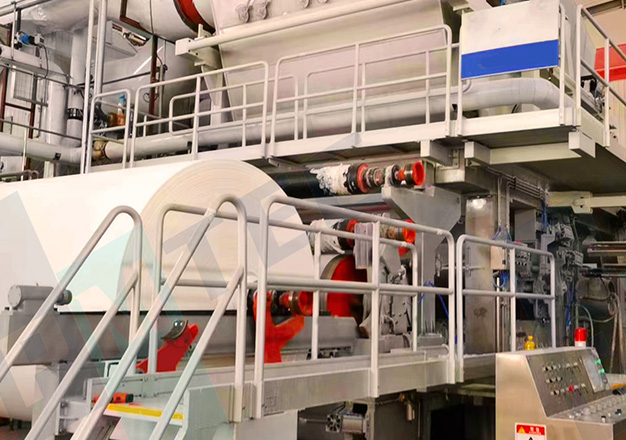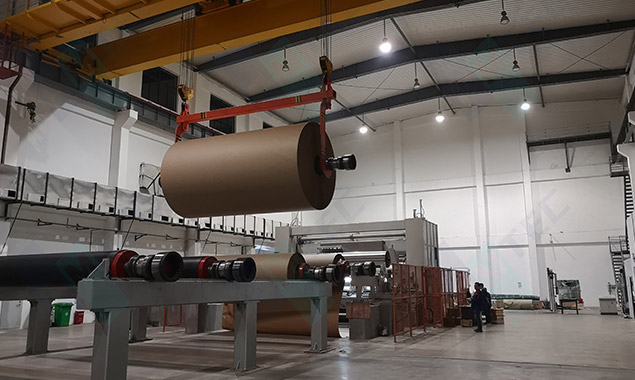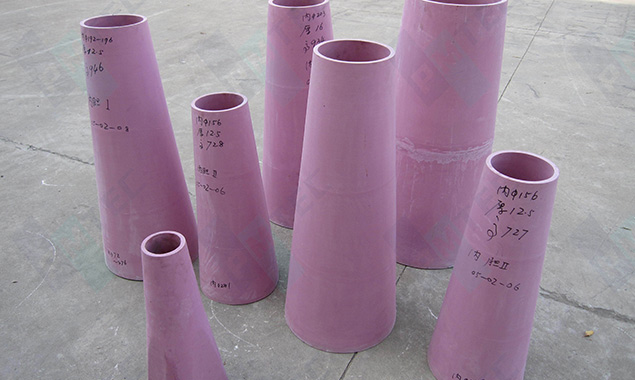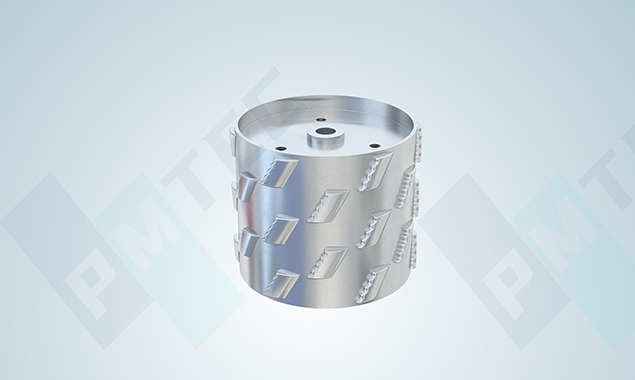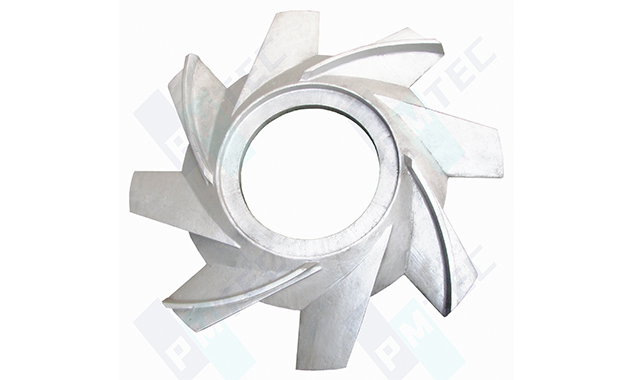Types of Flow Boxes and Their Working Principles
Selecting the Most Suitable Flow Box Based on Requirements
Open Flow Box
Working Principle
This type of flow box has a relatively simple structure and is suitable for low-speed paper machines. It distributes stock onto the forming fabric by gravity.
Speed Range
Typically does not exceed 300m/min.
Air Cushion Flow Box
Working Principle
Utilizes an air cushion to maintain constant pressure, allowing the stock to be evenly sprayed onto the forming fabric under higher pressure.
Speed Range
Generally between 300-600m/min.
Hydrodynamic Flow Box
Working Principle
Equipped with efficient hydraulic elements that generate appropriate turbulence, keeping fibers well-dispersed in the suspension and spraying them at a uniform speed and concentration onto the forming fabric.
Speed Range
Can adapt to higher-speed paper machines, up to 1200m/min.
Dilution Water Hydrodynamic Flow Box
Working Principle
In addition to the functions of a standard hydrodynamic flow box, it includes a dilution water control system to fine-tune stock consistency, further improving cross-machine profile uniformity.
Speed Range
Also supports high-speed paper machines, with maximum speeds reaching 1600m/min.
Slice Flow Box
Working Principle
Controls the spray speed and angle of the stock by adjusting the slice opening, achieving precise flow control. The design allows for fine adjustments of flow across the width of the sheet, ensuring good formation.
Speed Range
Suitable for medium to high-speed paper machines, with specific speeds depending on the configuration and process requirements.
Core Technical Features
Innovative Design for Optimal Stock Distribution
Precise Flow Control
- High-precision valve systems combined with built-in sensors for real-time monitoring of stock pressure and flow rate ensure even distribution of stock across the full width of the forming fabric.
Professional Design
- PM’s flow boxes feature advanced engineering designs that ensure all components work together seamlessly, providing stable stock supply. For example, the design of hydraulic elements takes into account principles of fluid dynamics to achieve optimal stock distribution.



